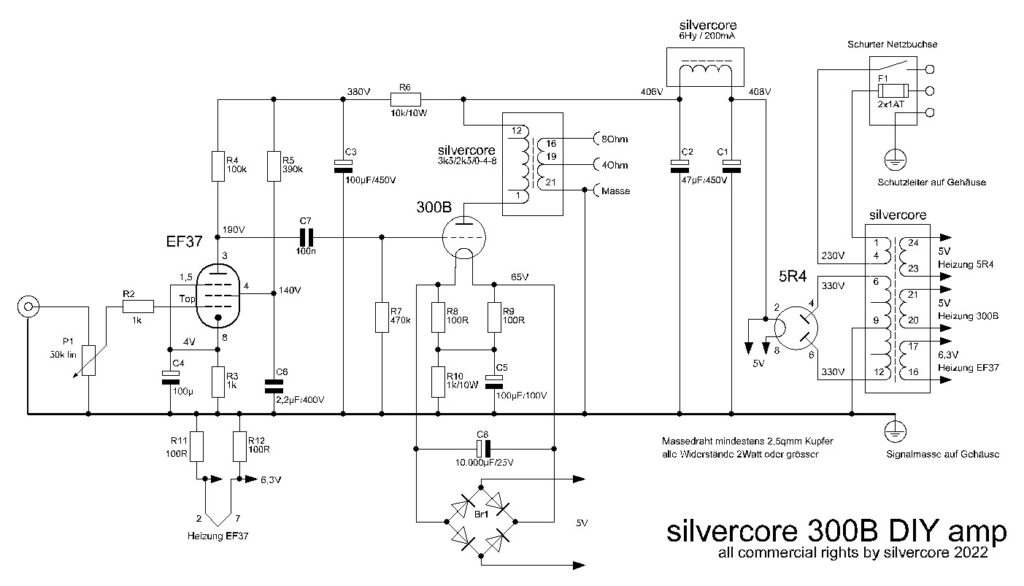+1
So you know how one of the more common comments you read about SETs is how dynamic they are for their low power? That is what happens when you play them on a speaker that isn't efficient enough for the amp.
When you get over about 20-25% of full power, the higher ordered harmonics that the ear uses to sense sound pressure show up on musical transients. So the ear interprets that as 'dynamic'. This is why I say you really only have 20-25% usable power as above that level with most SETs the distortion imparts that dynamic quality. Its fun, but its not true to the recording.
So to answer your question, 'Anyone who says their SET is more dynamic than other amplifier types.' Real dynamic contrast comes from the signal, not the amp.
FWIW Dept.: A string bass only goes to 40Hz and most of what you hear of it is the 2nd harmonic. For this reason a lot of bass cabinets really don't go down much below 80Hz. I started playing bass in 6th grade and still do...
Perhaps when I say 'won't play bass' I'm not being clear. When I played in the orchestras there were usually fairly large bass drums, which had output closer to 25Hz. I like to be convinced about the bass region (and play a lot of electronic music that has deep bass) so when I say 'won't play bass' I mean the bottom octave. Here's another example:
Organ symphony try it at 10:00
That organ has pedal tones to 16 Hz and they are on the LP. If your system plays them properly stuff will shake.
!




















